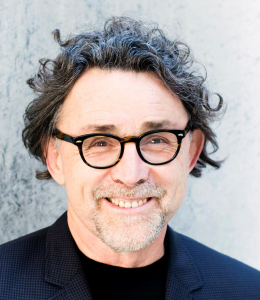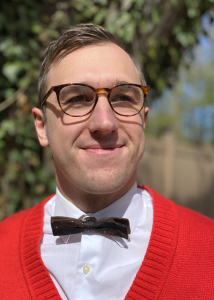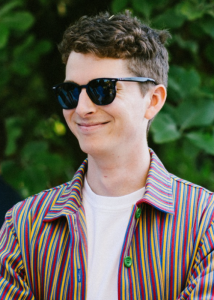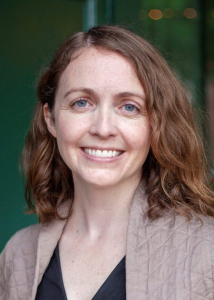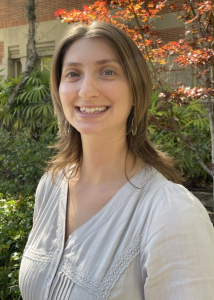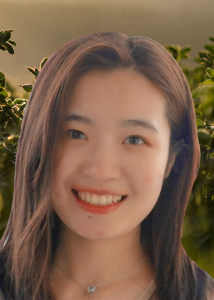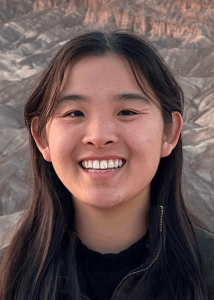John P. Wilson
Professor
Founding Director
- GIS
- Geodesign
- Spatial Analysis, Modeling and Mapping
- Population, Health and Place
Biography
John Wilson joined USC in 1997 as a Professor of Geography and founded the Spatial Sciences Institute in 2010. He currently holds appointments as Professor in the Dornsife College of Letters, Arts and Sciences’ Department of Sociology, the USC School of Architecture, the Keck School of Medicine of USC’s Department of Population and Public Health Sciences, and in the Viterbi School of Engineering’s Departments of Computer Science and Civil and Environmental Engineering.
Prior to 2010, he chaired the Department of Geography at USC from 1998 to 2001 and 2007 to 2010 and prior to joining USC, he was an assistant, associate and full professor in the Departments of Earth Sciences and Plant and Soil Science, and Founding Director of the Geographic Information and Analysis Center at Montana State University.
As a leader, Dr. Wilson has championed the role of the spatial sciences as a foundational and cross-cutting field. He has led the creation of 18 spatially-inspired academic programs which combine multidisciplinary fields of scientific study with geospatial technologies, including geographic information systems, global positioning systems and remotely sensed imagery, and whose graduates possess an advanced knowledge of these technologies, experience in the interpretation and processing of satellite images as well as other digital data, a broad understanding of computer applications and database management, and the spatial principles and methods used to characterize the role of location in the functioning of the Earth and human life. Dr. Wilson has also built a large, externally-funded research enterprise that connects spatial sciences faculty, staff and students with scholars across the Dornsife College of Letters, Arts and Sciences and the professional schools as well as the private, public, and not-for-profit sectors.
Research
Dr. Wilson studies a variety of phenomena that help shape natural and human landscapes. Currently, his work focuses on greening initiatives to support a larger and more vibrant tree canopy across metropolitan regions, the use of spatial perspectives to promote food and nutrition security, the development and validation of new methods to describe the current condition of natural and human landscapes, and the ways in which the built environment, social determinants of health, and environmental exposures influence human well-being across the life course.
PhD Students
Andy Kampfschulte
kampfsch@usc.edu
Leo Lerner
leolerne@usc.edu
Laura Messier
lmessier@usc.edu
Aviva Wolf-Jacobs
wolfjaco@usc.edu
Mengya Xu
mengyaxu@usc.edu
Staff
Alicia Adiwidjaja
adiwidja@usc.edu

